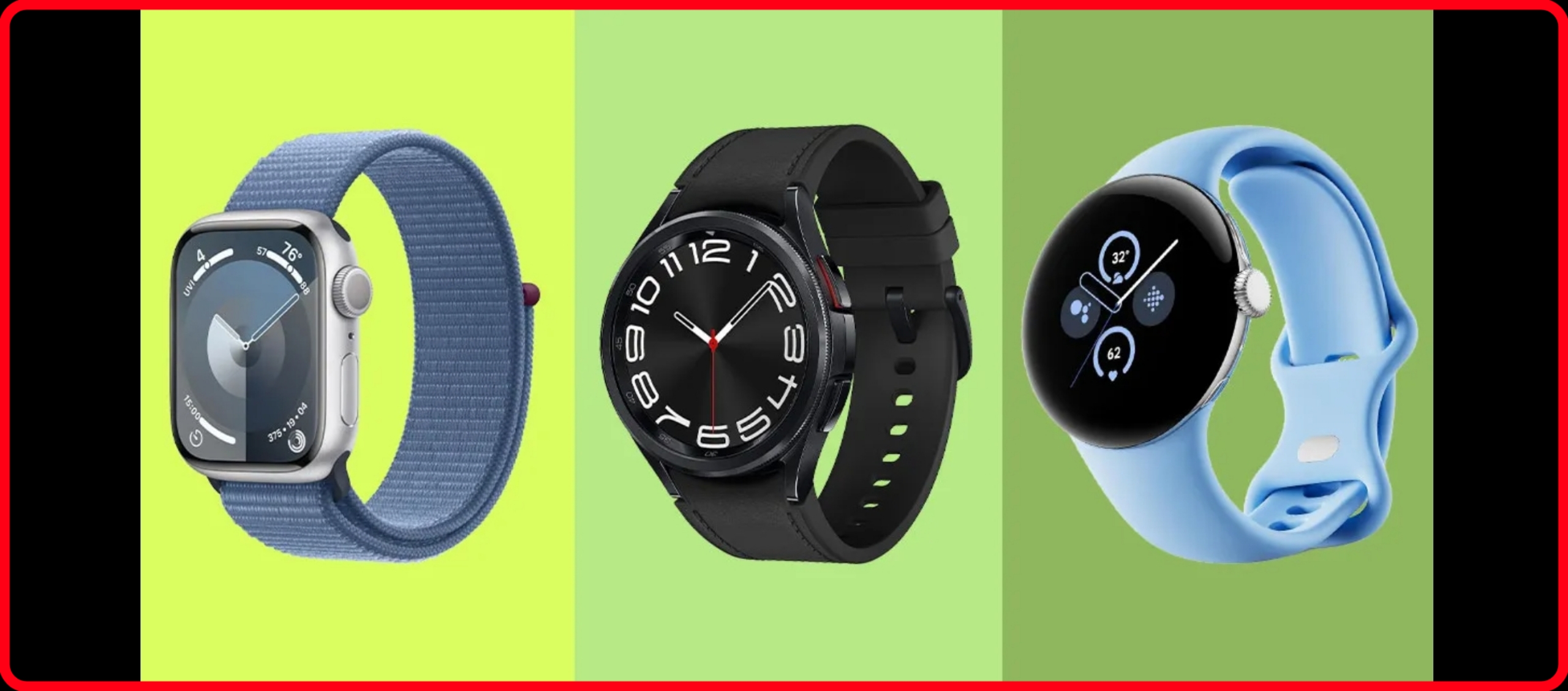
The landscape of wearable technology has evolved dramatically over the past decade, transforming from simple fitness trackers into sophisticated smartwatches that offer a wide array of features. As technology continues to advance, these devices have become integral to our daily lives, offering everything from health monitoring to seamless connectivity. In this article, we explore the revolutionary changes in wearable tech, examining the evolution from basic fitness trackers to advanced smartwatches.
The Evolution of Wearable Technology
Early Days: The Rise of Fitness Trackers
Fitness trackers were among the first wearables to gain mainstream popularity. Devices like the Fitbit and Jawbone Up, introduced in the early 2010s, provided users with basic metrics such as step count, calories burned, and sleep tracking. These trackers primarily focused on health and fitness, appealing to those looking to monitor their physical activity and improve their overall well-being.
The Emergence of Smartwatches
As technology progressed, smartwatches began to emerge as more versatile wearables. Early models, like the Pebble and the Samsung Galaxy Gear, offered features beyond fitness tracking, such as notifications and basic apps. These initial smartwatches paved the way for more advanced models by introducing the concept of a wearable device that functions as an extension of your smartphone.
Key Features of Modern Wearable Tech
Health and Fitness Tracking
Advanced Sensors: Modern fitness trackers and smartwatches come equipped with an array of sensors that provide in-depth health metrics. These include heart rate monitors, SpO2 sensors, ECG monitors, and even body temperature sensors. Devices like the Apple Watch Series 9 and Fitbit Charge 6 offer comprehensive health tracking, including real-time heart rate monitoring, sleep analysis, and stress management tools.
Fitness Tracking: The evolution of fitness tracking technology has led to more accurate and detailed insights. Today’s wearables track a variety of activities, from running and swimming to yoga and strength training. Features like GPS tracking, cadence monitoring, and recovery insights help users optimize their workouts and reach their fitness goals.
Connectivity and Notifications
Seamless Integration: Modern smartwatches excel in connectivity, allowing users to receive notifications, answer calls, and respond to messages directly from their wrist. Devices such as the Apple Watch Ultra and Samsung Galaxy Watch 6 offer seamless integration with smartphones, enabling users to stay connected without constantly checking their phones.
Apps and Customization: Wearable tech has evolved to support a wide range of apps and customizations. From productivity apps to music streaming and navigation, users can tailor their devices to fit their specific needs. The Apple Watch App Store and Google Play Store offer a plethora of applications that enhance the functionality of smartwatches.
Design and Usability
Aesthetic and Comfort: Wearable tech has seen significant improvements in design, with many devices now available in various styles and materials. From sleek and minimalistic designs to rugged and sporty options, there is a wearable for every taste and purpose. Comfort has also been a key focus, with manufacturers improving band materials and adjustability for a better fit.
Display and Interface: High-resolution displays and intuitive interfaces have become standard in modern wearables. AMOLED screens, for example, provide vibrant colors and sharp visuals, while user interfaces are designed for ease of use with touchscreens, voice commands, and physical buttons.
Notable Wearable Tech Innovations
Apple Watch Series 9
The Apple Watch Series 9 represents the pinnacle of smartwatch technology. It features an advanced S9 chip, which enhances performance and responsiveness. The device includes a new double-tap gesture for easier navigation, improved health sensors for more accurate tracking, and extended battery life. Its integration with iOS allows users to access a wide range of apps and features seamlessly.
Fitbit Charge 6
The Fitbit Charge 6 continues the legacy of Fitbit’s popular fitness trackers with significant upgrades. It includes a new, more accurate heart rate sensor, improved sleep tracking features, and enhanced GPS capabilities. The Charge 6’s sleek design and long battery life make it a great choice for fitness enthusiasts who want comprehensive health tracking in a lightweight package.
Garmin Venu 3
The Garmin Venu 3 is a high-performance smartwatch tailored for athletes and outdoor adventurers. It offers advanced fitness and health monitoring features, including VO2 max estimation, advanced sleep tracking, and multi-band GPS. Its rugged design and long battery life are ideal for users who engage in intense workouts or outdoor activities.
The Future of Wearable Tech
Integration with Health Systems
As wearable technology continues to advance, we can expect even greater integration with health systems. Future wearables may offer more precise health diagnostics, real-time alerts for medical conditions, and seamless integration with telehealth services. This could revolutionize personal health management and preventive care.
Increased Personalization and AI
Artificial Intelligence (AI) is expected to play a significant role in the future of wearables. AI-driven features could provide more personalized health insights, adaptive workout recommendations, and predictive analytics based on user data. This level of personalization will enhance the user experience and effectiveness of wearable tech.
Enhanced Battery Life and Charging
Improving battery life remains a key focus for wearable tech manufacturers. Innovations in battery technology and energy-efficient components could lead to wearables with longer-lasting batteries and faster charging capabilities. This will make wearables even more convenient for daily use.
Conclusion
The evolution from basic fitness trackers to advanced smartwatches has transformed wearable technology into a vital component of modern life. Whether you’re tracking your fitness, managing notifications, or exploring new apps, today’s wearables offer unprecedented capabilities and convenience. As technology continues to advance, we can expect even more revolutionary changes in wearable tech, making these devices an indispensable tool for health, productivity, and connectivity.

